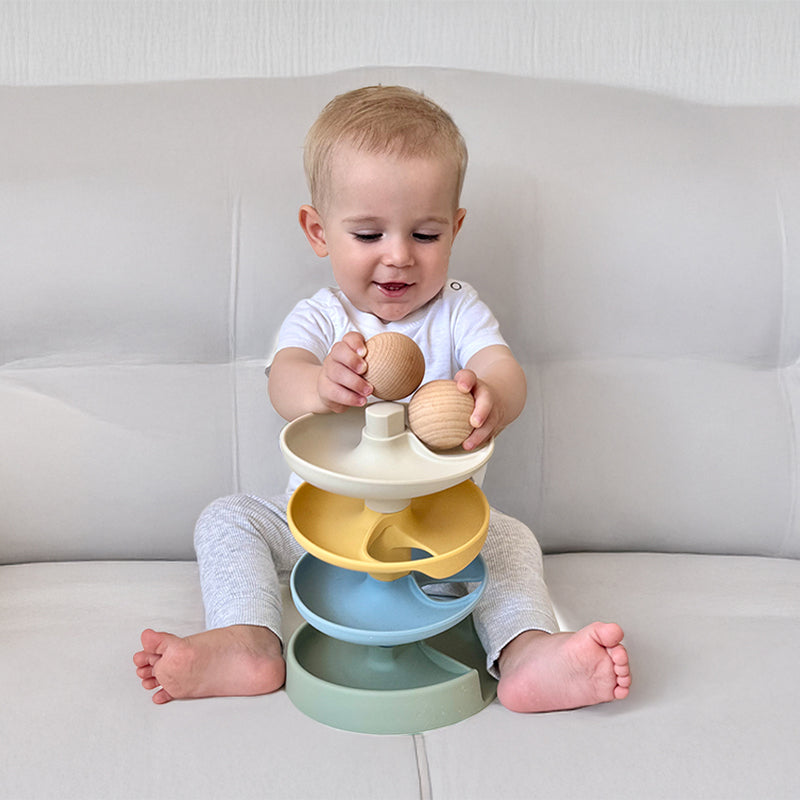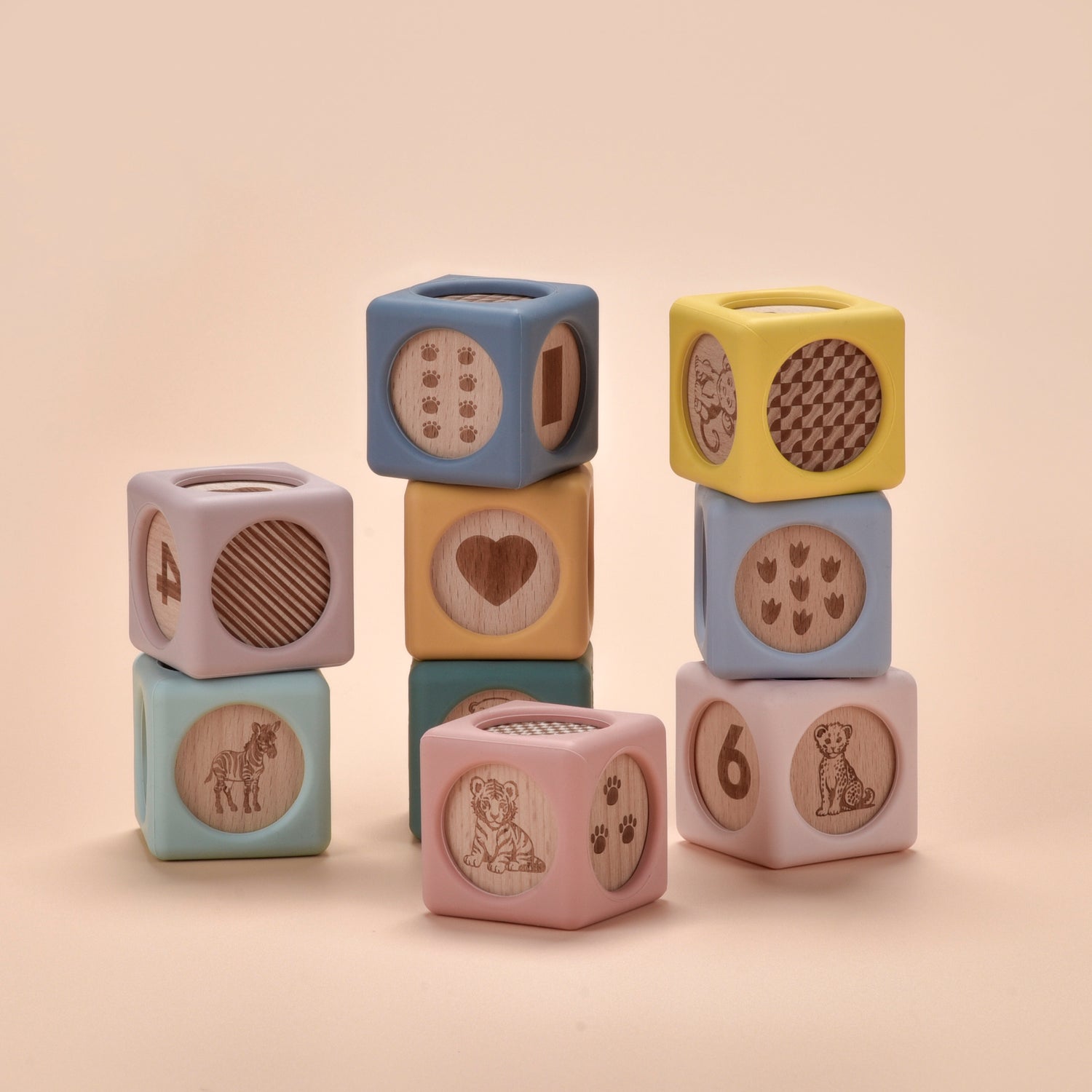🦃 Enjoy Thanksgiving & BFCM with FREE SHIPPING!
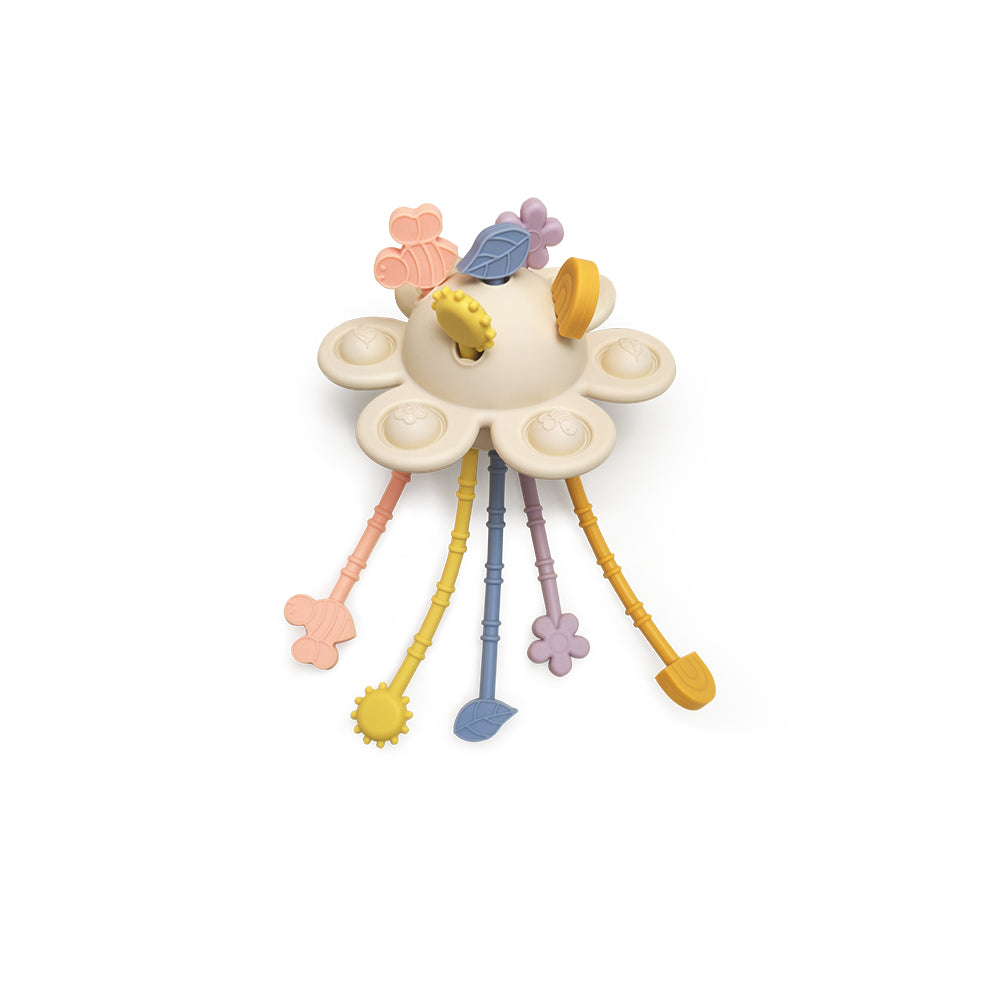

Silicone Flower Pulling Toy


My First Feeding Set (Farm)
My First Feeding Set (Farm)
View all products
Babies Love Our Products

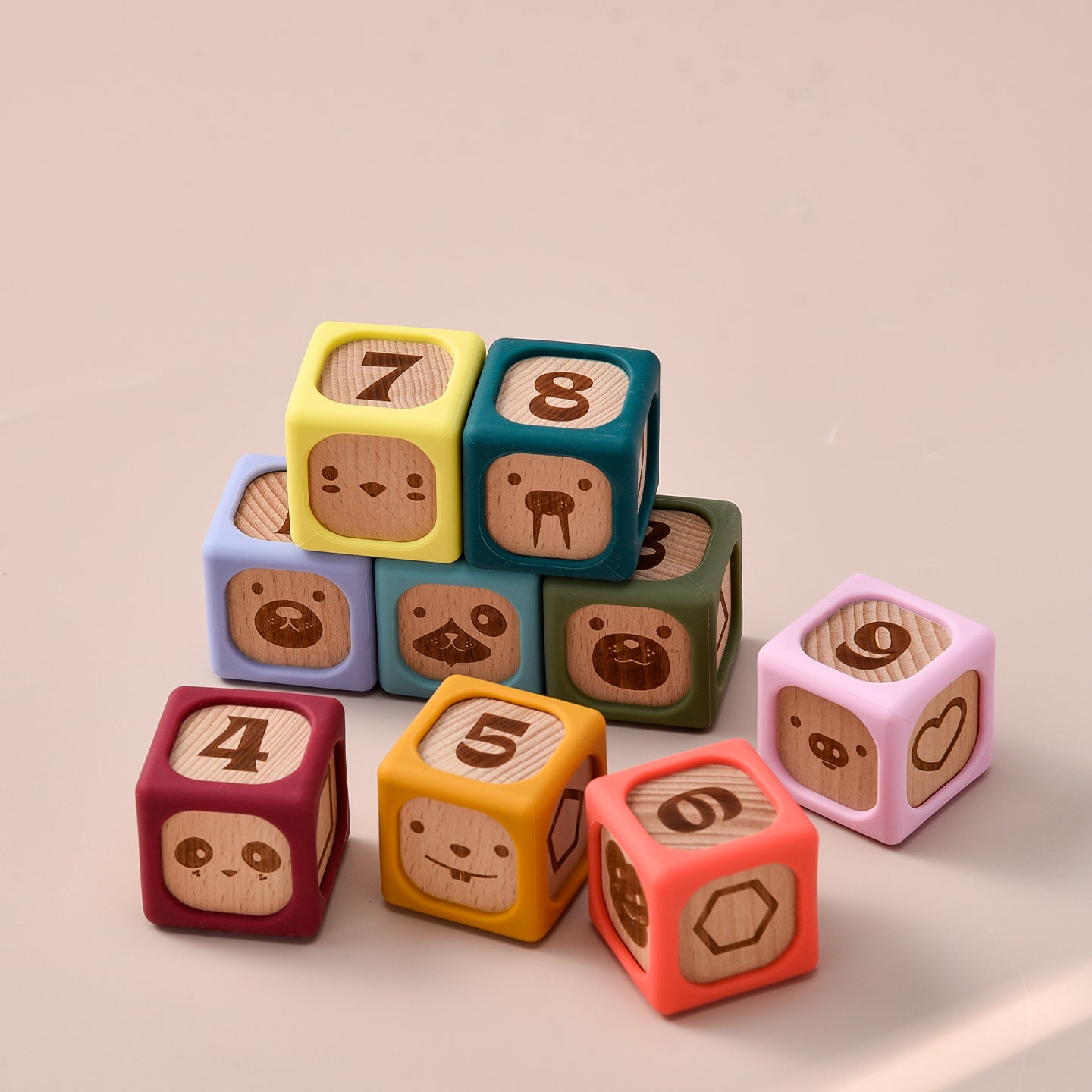
My First Blocks Mini
$29.99
Unit price / per
My First Blocks Mini
$29.99
Unit price / per
My First Blocks Mini
$29.99
Unit price / per
My First Blocks Mini
$29.99
Unit price / per
My First Blocks Mini
$29.99
Unit price / per

My First Feeding Set (Farm)

My First Feeding Set (Farm)

My First Feeding Set (Farm)

My First Feeding Set (Farm)

My First Feeding Set (Farm)


Drop & Roll Tower
$29.79
Unit price / per
Drop & Roll Tower
$29.79
Unit price / per
Drop & Roll Tower
$29.79
Unit price / per
Drop & Roll Tower
$29.79
Unit price / per
Drop & Roll Tower
$29.79
Unit price / per
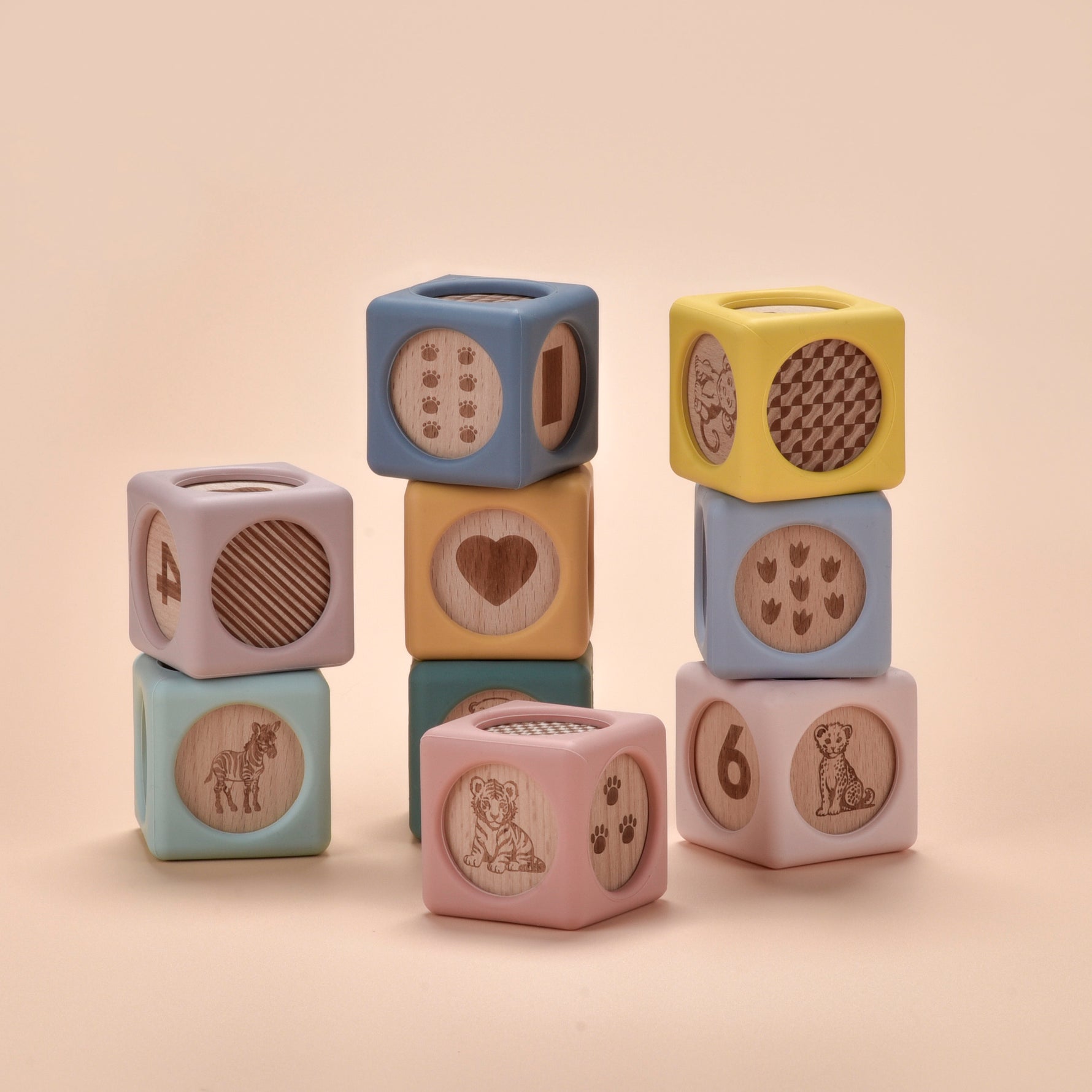
My First Blocks
$39.80
Unit price / per
My First Blocks
$39.80
Unit price / per
My First Blocks
$39.80
Unit price / per
My First Blocks
$39.80
Unit price / per
My First Blocks
$39.80
Unit price / per

My First Feeding Set (Safari)

My First Feeding Set (Safari)

My First Feeding Set (Safari)

My First Feeding Set (Safari)

My First Feeding Set (Safari)


My First Tea Set
$25.00
Unit price / per
My First Tea Set
$25.00
Unit price / per
My First Tea Set
$25.00
Unit price / per
My First Tea Set
$25.00
Unit price / per
My First Tea Set
$25.00
Unit price / per
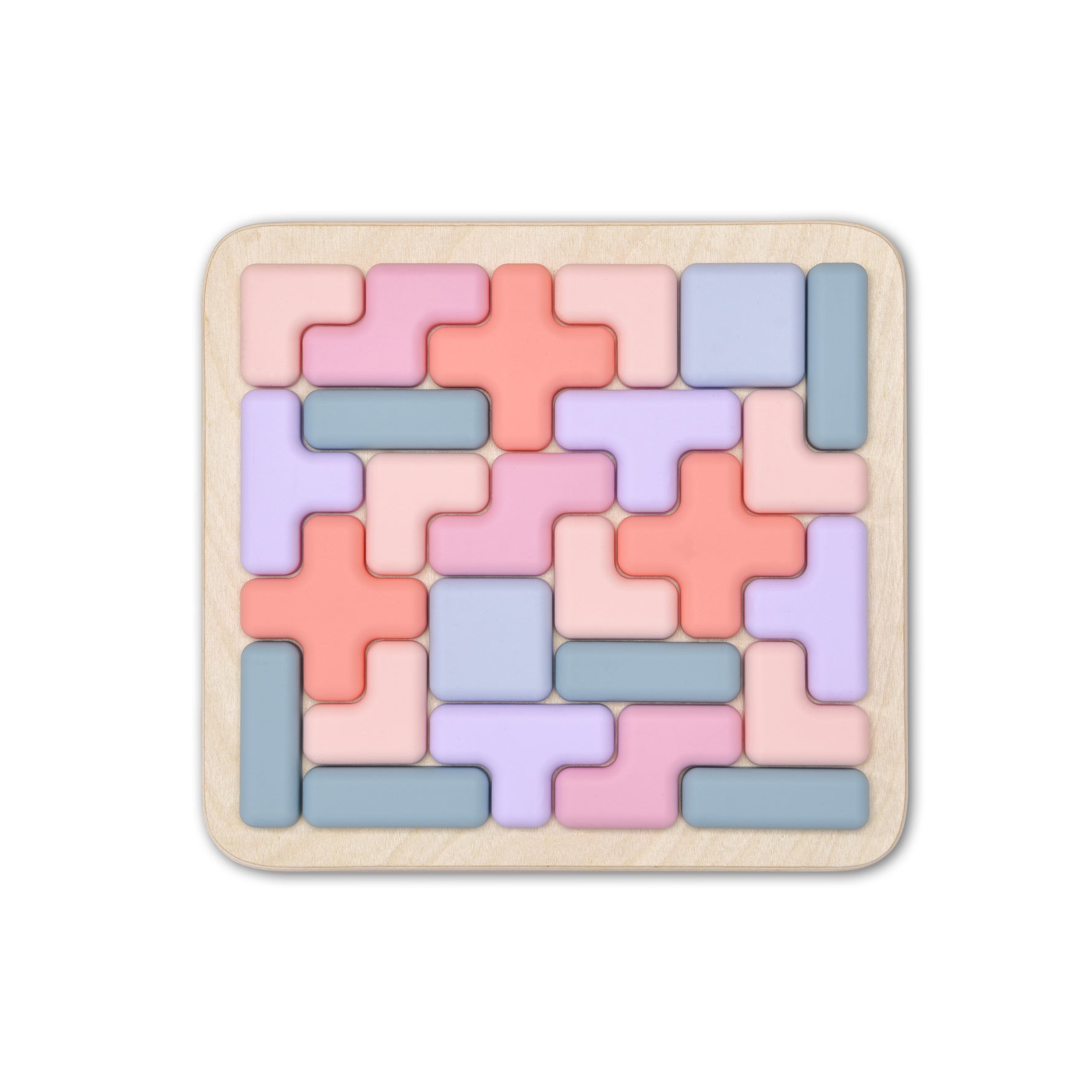
Smart Fit Puzzle
$19.99
Unit price / per
Smart Fit Puzzle
$19.99
Unit price / per
Smart Fit Puzzle
$19.99
Unit price / per
Smart Fit Puzzle
$19.99
Unit price / per
Smart Fit Puzzle
$19.99
Unit price / per

Silicone Suction Spinners - 3 Pack
$13.43
Unit price / per
Silicone Suction Spinners - 3 Pack
$13.43
Unit price / per
Silicone Suction Spinners - 3 Pack
$13.43
Unit price / per
Silicone Suction Spinners - 3 Pack
$13.43
Unit price / per
Silicone Suction Spinners - 3 Pack
$13.43
Unit price / per

My First Feeding Set (Forest Friends)

My First Feeding Set (Forest Friends)

My First Feeding Set (Forest Friends)

My First Feeding Set (Forest Friends)

My First Feeding Set (Forest Friends)


Stacking Teething Rings
$15.99
Unit price / per
Stacking Teething Rings
$15.99
Unit price / per
Stacking Teething Rings
$15.99
Unit price / per
Stacking Teething Rings
$15.99
Unit price / per
Stacking Teething Rings
$15.99
Unit price / per

Tummy Time Mirror

Tummy Time Mirror

Tummy Time Mirror

Tummy Time Mirror

Tummy Time Mirror

Silicone Baby Bib - 2 Pack
$12.99
Unit price / perSilicone Baby Bib - 2 Pack
$12.99
Unit price / perSilicone Baby Bib - 2 Pack
$12.99
Unit price / perSilicone Baby Bib - 2 Pack
$12.99
Unit price / perSilicone Baby Bib - 2 Pack
$12.99
Unit price / per
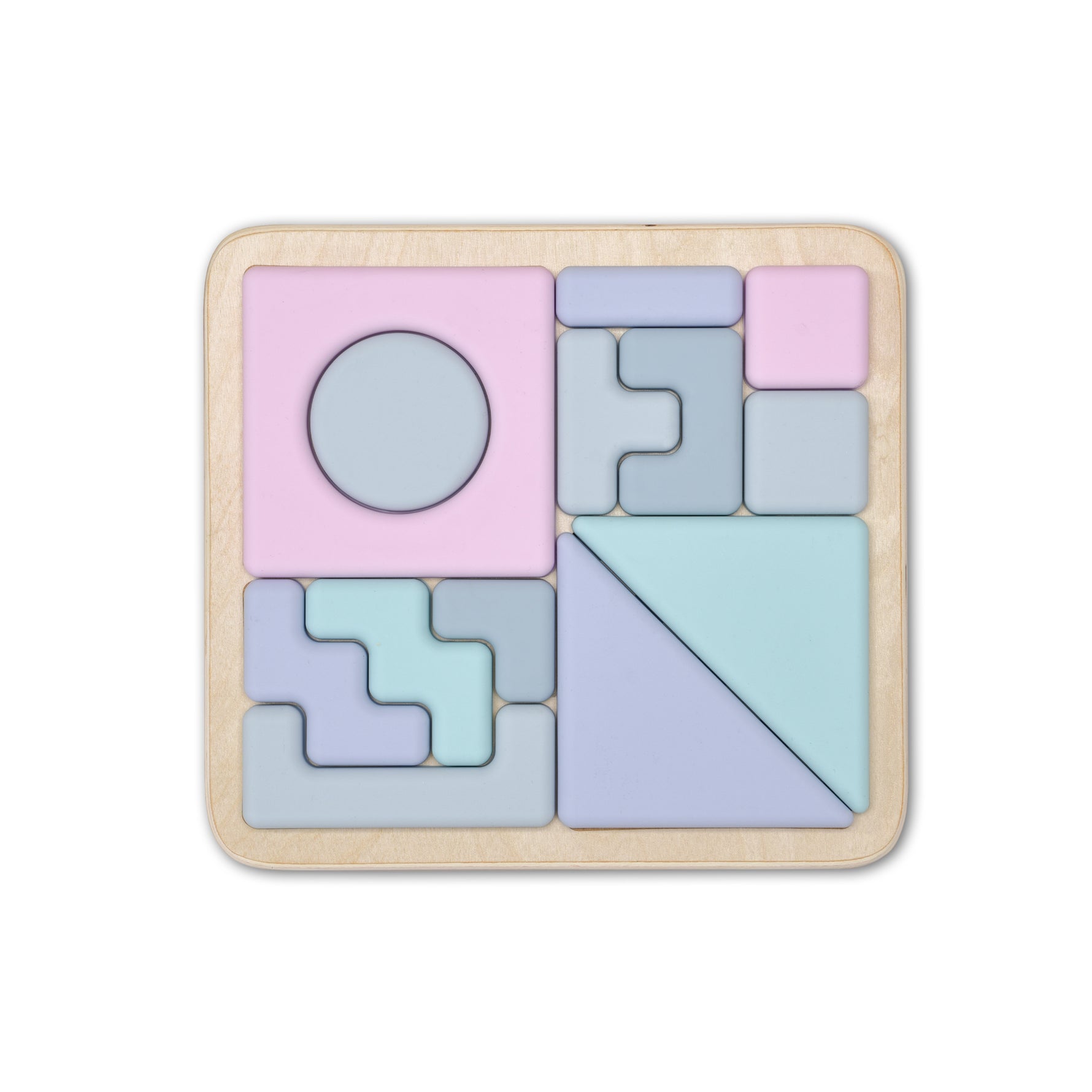
Fit & Learn Geo Puzzle
$14.99
Unit price / per
Fit & Learn Geo Puzzle
$14.99
Unit price / per
Fit & Learn Geo Puzzle
$14.99
Unit price / per
Fit & Learn Geo Puzzle
$14.99
Unit price / per
Fit & Learn Geo Puzzle
$14.99
Unit price / per

Silicone Bear Divider Plates
$12.99
Unit price / per
Silicone Bear Divider Plates
$12.99
Unit price / per
Silicone Bear Divider Plates
$12.99
Unit price / per
Silicone Bear Divider Plates
$12.99
Unit price / per
Silicone Bear Divider Plates
$12.99
Unit price / per

Smoothie Cup
$14.99
Unit price / per
Smoothie Cup
$14.99
Unit price / per
Smoothie Cup
$14.99
Unit price / per
Smoothie Cup
$14.99
Unit price / per
Smoothie Cup
$14.99
Unit price / per
Free Shipping
Because Every Parent Deserves Easy
Easy Returns
30-Day Money Back Guarantee
Baby Safe
No Harmful Chemicals
Thoughtful Design
Pure Care for Tiny Cubs
Blog posts

How to Clean & Care for Silicone Baby Products During Holiday Travel

Best Wooden Blocks for Babies 6+ Months: A Complete Guide for Parents

Tips for Establishing a Sleep Routine
Help & Support
© 2025,
Baby Bertie.




